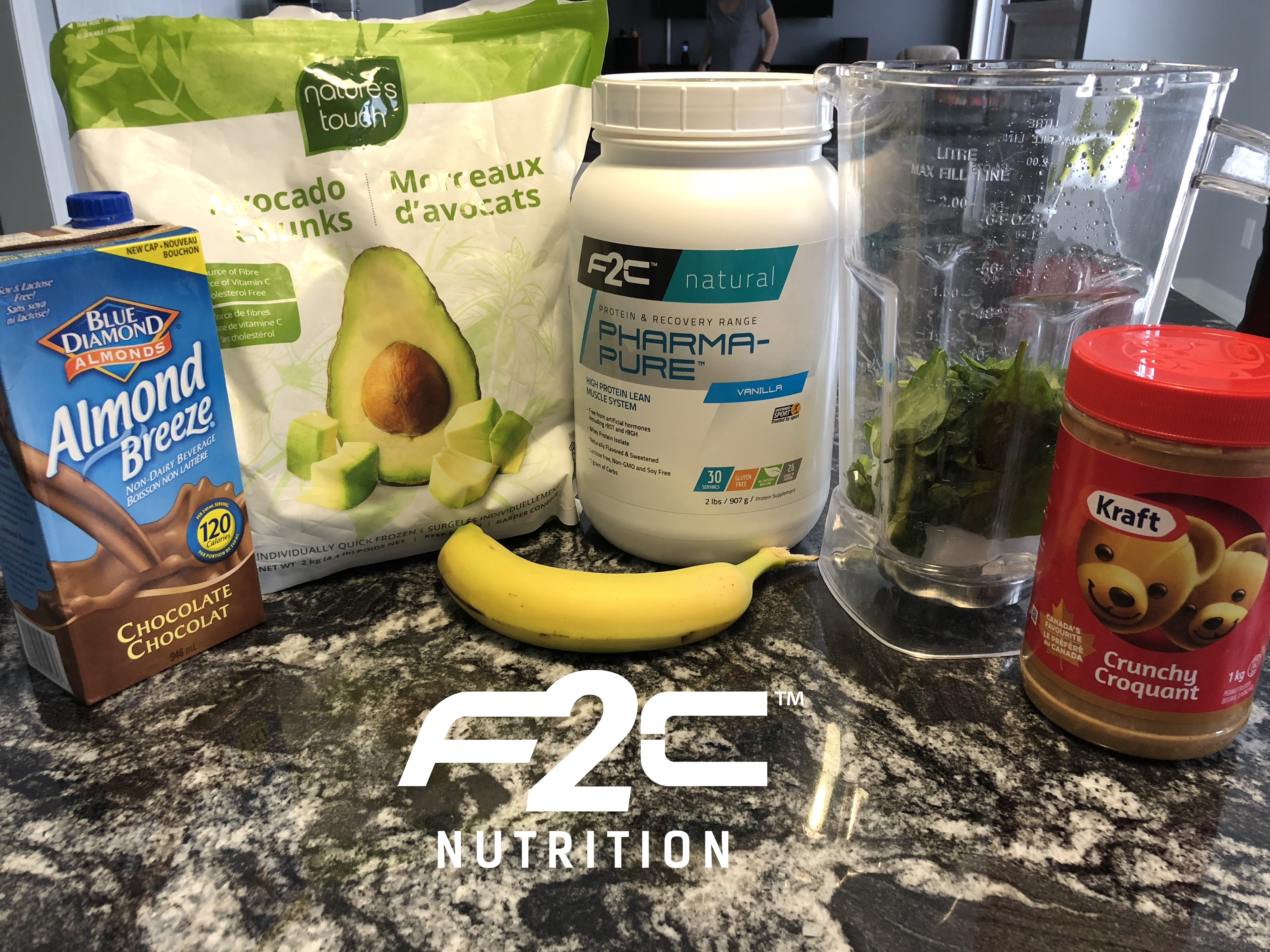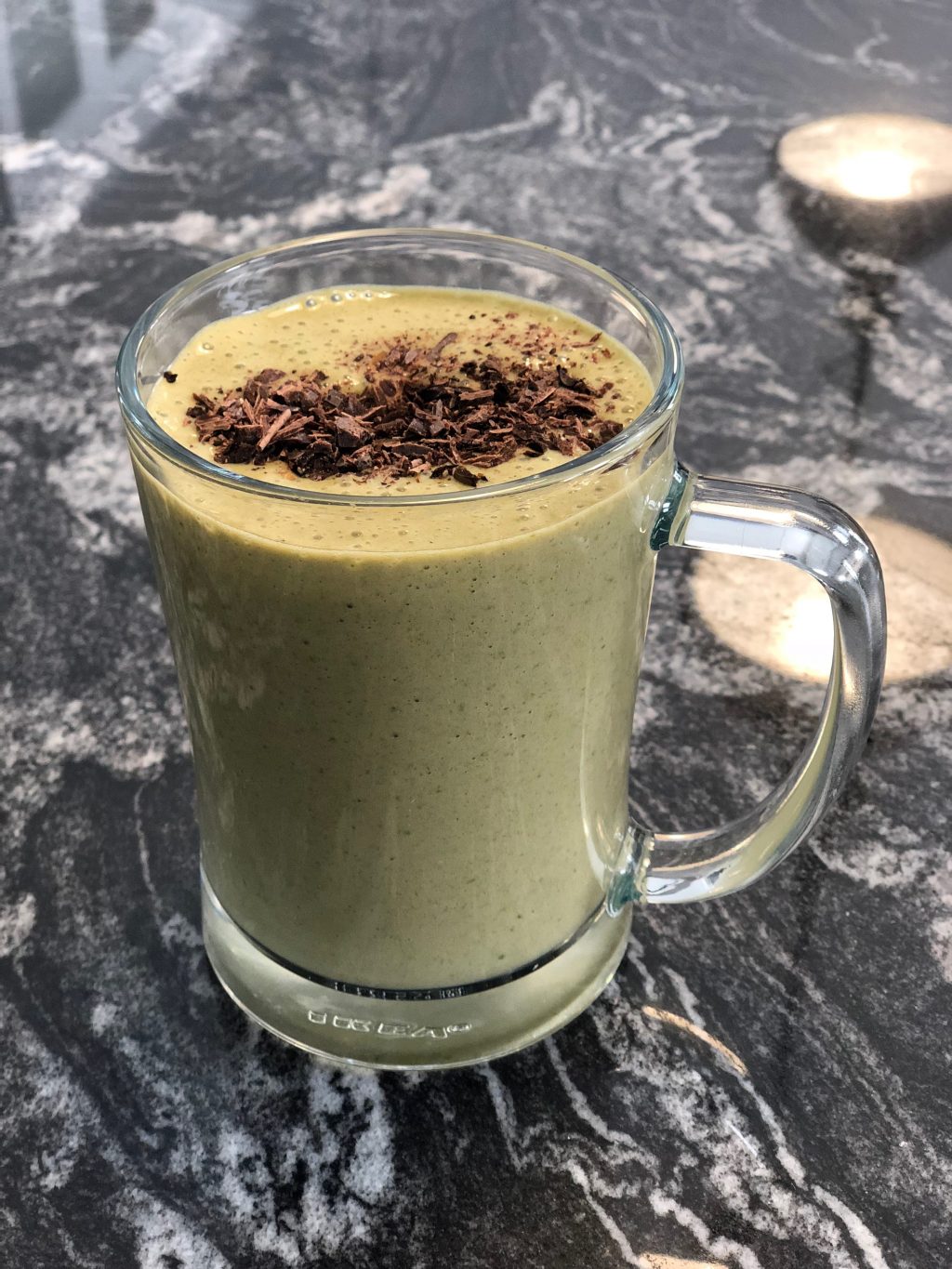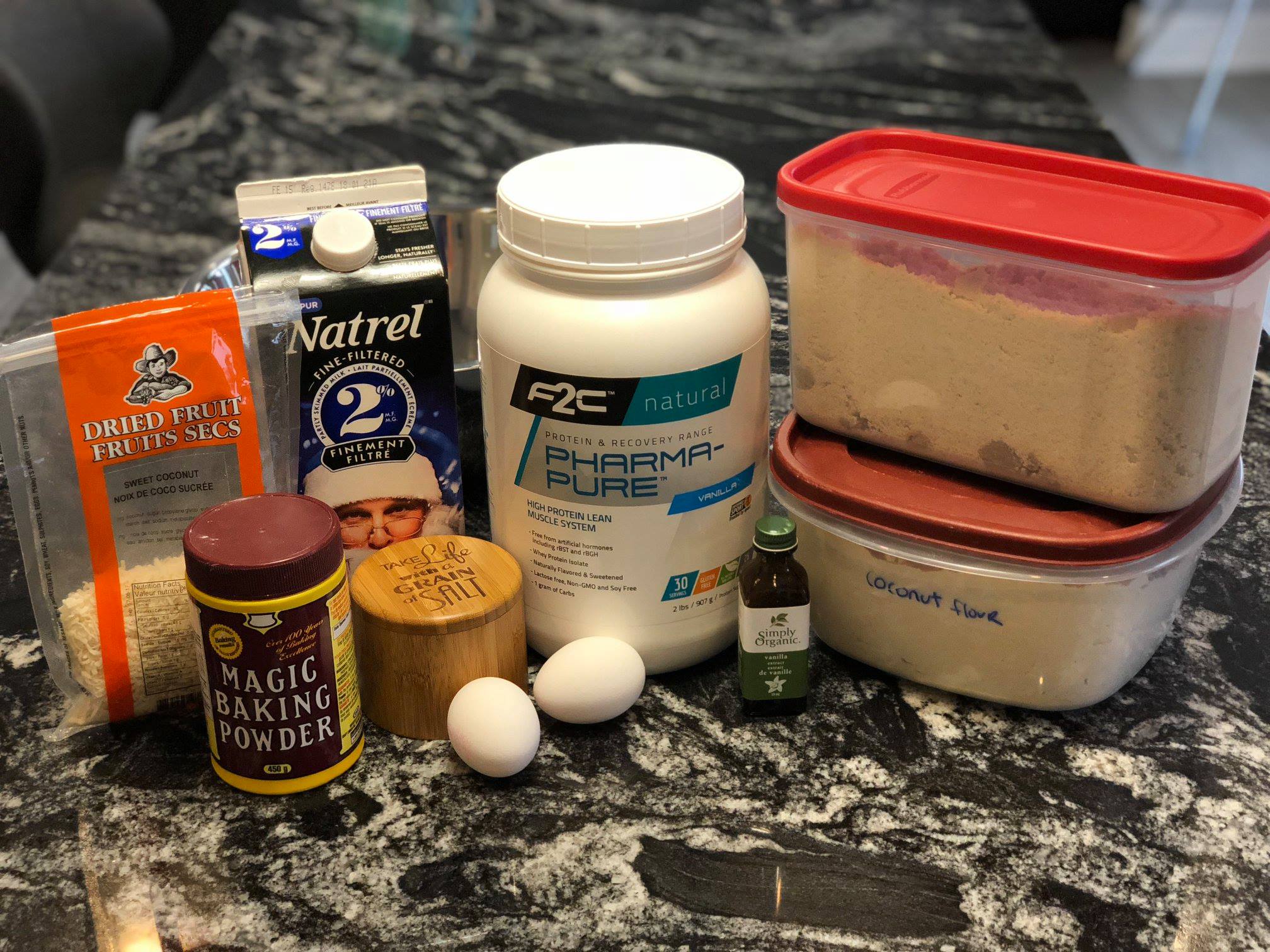Understanding Beta Blockers
Beta blockers slow down the heart with the idea of keeping people like myself safer from risk of heart attack. It also reduces tolerance to exercise and any activities that require high cardio output. These drugs come in various forms like pressed pills and capsules.
“Beta blockers, also known as beta-adrenergic blocking agents, are medications that reduce your blood pressure. Beta blockers work by blocking the effects of the hormone epinephrine, also known as adrenaline. When you take beta blockers, the heart beats more slowly and with less force, thereby reducing blood pressure. ” – The Mayo Clinic
Beta blockers are used in the treatment of abnormal heart rhythms they are designed to prevent abnormally fast heart rates called tachycardia, or irregular rhythms like atrial fibrillation. In my case they are used to shorten my QT wave which is more than twice what is considered “normal”. Since they reduce the demand of the heart muscle for oxygen they are also used to treat chest pain but for me do the opposite and can cause tightness as I push my heart to its limits while training. When the oxygen demand of my heart exceeds the supply I can find myself getting a tight chest as my heart is limited to how quickly it can beat.
Training on Beta Blockers
This is where my frustrations and challenges start like any athlete the faster you run or harder you pedal your bike the demand for oxygen increases. No matter if I am pushing threshold intervals on the bike or running paces near my VO2 max I am always under oxygenated as a result of the beta’s and learning how to train has been difficult. With the fine line between sustainable efforts of long duration (endurance) and what I can sustain for short intervals (VO2 Max) I can’t train as conventionally as some and my heart rate zones are all wacky.
My overall max heart rate is reduced by 15% and while that doesn’t sound like much it means my HR max now is around 170-175bpm from 195bpm before medication. With reduction in bpm comes much less oxygen being delivered to my muscles, brain and body. The human body is an amazing tool and like with any ailment it adapts to things like lower oxygen levels over time. I to have adapted to less oxygen and as my heart beats slower I find myself a lot calmer under stressful situations. I have been told my personality has changed since I started on betas this is something I actually noticed about myself after the first year but try not to think about to much.
While this sense of calm has helped me mentally focus on what I want during training or racing I more often than not get let down by the same thing. The killer instinct has been replaced by a playful puppy dog at times. While training endurance workouts or lower intensity aerobic work I dont notice any of side effects apart from yawning…… When I am racing duathlon or pushing hard during intense training intervals I am often confronted with some limitations. Over time I have been able to train myself to watch for early warning signs of these limitations or as I approach the ceiling of my capabilities. I know when I have reached the point of no return where my heart rate either won’t recover from an interval fast enough to start another or my heart rate is so low I can’t get it up to start an interval. I am sure you can relate to the following, as you push yourself faster and faster during a run and the demand on your heart to pump oxygen grows greater and greater you find yourself breathing deeper and harder as you take in more air to supply the muscles and body with it’s needs to function. Now with training we learn to increase our bodies limits, tolerances of pain, oxygen demand and lattice acid adaptation. My problems start here with the limits of what is now medically possible because of I take beta blockers. The more I train the faster and stronger I become but with this the demand I place on my body grows. Knowing that no mater if I am racing or training my limits are only what I can do that day. I walk a fine line of raising my heart rate too high because if I do my body starts to fight the medication. For me this line is right around 163bpm if I cross that and start pushing past I know it won’t be long before the possibility of a tightness in my chest could creep up and premature fatigue kicks in.
How I deal with my “limiter”
Being a highly tuned athlete I know what fatigue feels like and when muscles ache from say a hard track run session. When I try and push myself past my limit I am often met with resistance but not from my muscles from my heart. The 163bpm mark is the tipping point and when I cross that I have a 50/50 shot of being able to keep pushing myself (but not getting any more oxygen) or being met with a lot of resistance or tightness in my chest. As my medication forces my heart to stay at a certain rate there is a feeling thats hard to describe but it is not pleasant. Take your lungs for example if you were to put them in a box they would only be able to expand to the volume of the box no more. An FTP test is a great example of my limitations because I know I will be fighting tooth and nail for every bit of oxygen and my limiter will be saying no…… back off. My heart will only beat to a certain point then plateau. The dance along this fine line can bring with it two things if I am not careful, one my heart rate will now no longer come down after an interval as I back off because the demand is so great and recovery gets to be to difficult. Two and usually the most common is the sense of being hit by a freight train of fatigue. It comes on strong and furiously as my body pushes hard and my heart resists I quickly burn any and all the oxygen in my body. It is at this point when the low heart is not keeping up with the demand of oxygen that my muscles require. My muscles become oxygen starved and is very different from lactic acid build up fatigue. There is no burning sensation in my legs or lungs just a full body fatigue that overwhelms breathing and all I can do is usually stop and wait for my heart rate to drop which at that point takes longer than usual while it tries to recover…
I train using pace zones for running and power zones on my bike, keeping an eye on my heart rate but I can not rely on it for zones. I push myself using speed and wattage while hoping my heart will follow so I turn off the heart rate field on my Garmin usually because I must rely on feel and not numbers from my ticker. The positive to that is I have developed a very high awareness of “feel” when it comes to what my heart is doing at different exertion levels. During a race I do not monitor it at all, in a sprint duathlon race for example I am pushing an all out effort and don’t want to be know what my heart rate is. The mental fear that I might hold myself back from fear of over doing it is just something I don’t want to deal with. I trust in my trainmen and when it comes to pacing or wattage I have a good sense of what my heart is doing along the way. I only look at HR after a race. I trust in my training and know what I am capable of so I feel there is no need to monitor my HR unless I fear something might be wrong.
When I look back at my Garmin race files I usually have a higher HR than I would normally like to see but this just indicates that I am still able to produce some adrenaline which is fantastic only about 10 beats higher than normal. This buffer is not something factored into my training or racing but it’s nice to know I am not completely crippled all the time when I need the most oxygen.
Future treatments and options
Some people have asked will there ever be a cure for what I have, the answer is simply no. It is part of my genetics and in my DNA. Not a physical problem with the heart muscle itself but a electrical problem to the heart. A cure is not possible until we can change out genetics or alter our DNA……..maybe someday but not in my lifetime. I have two options and they are: (1) take medication to shorten the QT length which is the electrical problem or (2) don’t take medication and hope for the best. I should mention there is a third option that in a way goes with option two lets call it (2B). This is to have a internal defibrillator implanted in a pocket of under the skin in my chest. Option 2B brings with it a whole other bunch of side effects and risks and despite asking my cardiologist to have one “installed” in my body I have been told no. This is because I am asymptomatic with no history or any cardiac episodes. Which brings me back to option 1 or 2, which I have chosen (1) to keep taking medication for the rest of my life. Option 1 is seems to be the best fit because if I have an “episode” or cardiac event the likelihood of survival is increased by something like 75% because of having the beta drug in my system. Option 2 is something that I considered early on in my diagnosis but as time goes on I have grown to expand my views. I know more than ever want to be here for my family and live a normal life expectancy.
Keep in mind I have talked all about how this relates to training and exercise but am at just as much risk of a cardiac event walking to the car after work as I am running as hard as I can. That is the worst part about this whole thing because while I may never have a problem during my lifetime there is a chance something could happen tomorrow and it is all out of my control. Until more medical advancements can be made in the field of cardiac arrhythmia and Long QT Syndrome in particular I will continue to take the advice of the brightest people I can find in the field. I want to be around for my friends and family and soon my first child 🙂
My conclusion
While betas limits what I can do physically at times I have grown to accept that this is part of my life. Choosing to talk about it LQT, raise awareness and share my thoughts with others has been my therapy. Some people are not so lucky with their LTQ diagnosis take “Type 2 LQT” for example. Type 2 which is probably the most common carries with it much higher risk from exercise and strenuously activity. There is a much higher risk from elevating heart rates with that type. I have type 3 which just so happens to be the only type that does not put me at greater risk from elevating my heart rate so the glass is half full for me.
Remember that no matter what life throws at you we all have crap to deal with. We all have struggles and ailments in life so I say talk about the things you might be dealing with and if you are willing to open up you might just be surprised by people they are a lot more receptive than you might think.
For now I use the off season training to learn more about my own limitations and how to get the most out of my body under the circumstances.
For more information about LQT visit the SADS Canada webpage and read some more.



